2016 Year in Review: Official Cuisine at Beijing's Provincial Government Restaurants A-H
Last year I started on a mission to try all of Beijing's provincial government restaurants, not just the much-loved Sichuan provincial government restaurant out near Jianguomen. Going through the provinces alphabetically, these are this year's experiences at the Hebei, Henan, and Hunan provincial government restaurants. Underneath you'll find my (somewhat mediocre) experiences at the Anhui, Fujian, Gansu, Guangdong, Guangxi, Guizhou, and Hainan provincial governments from 2015.
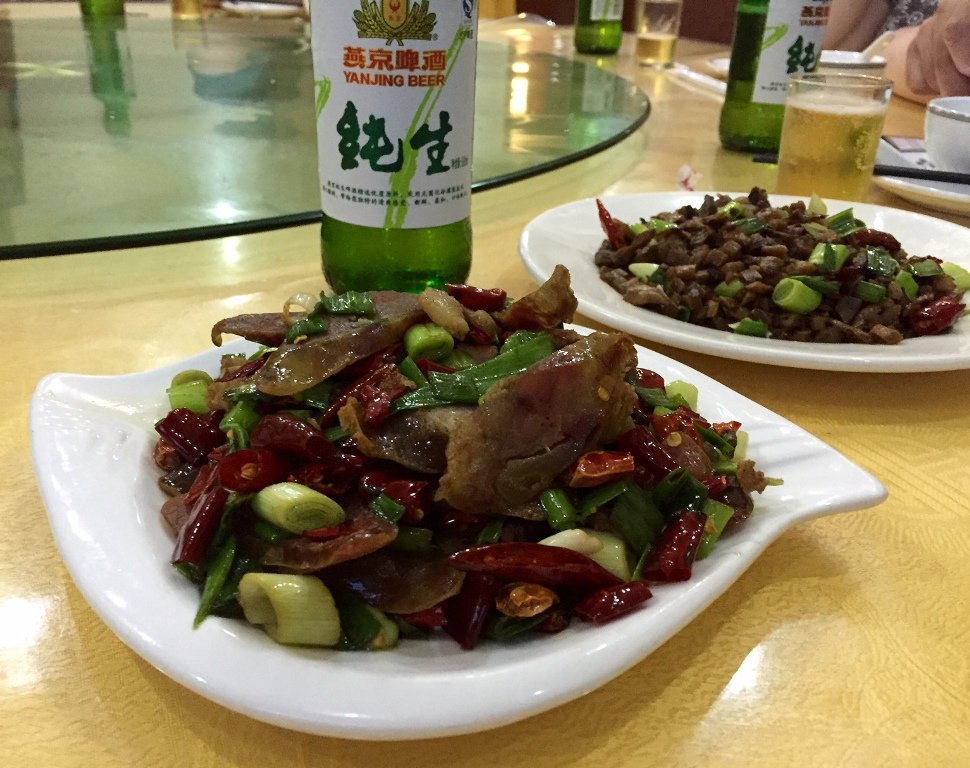
Hunan Provincial Government Restaurant: Genuine Service and Tasty Food Near Fuxingmen
We finally found ourselves a provincial government restaurant that isn't a shining beacon of atrocious service and mindless, vague 'Chinese' cooking. Hunan Provincial Government Restaurant, representing the 4 million people of Xingxi Autonomous Prefecture, west of Hunan; you can hold your head up high!
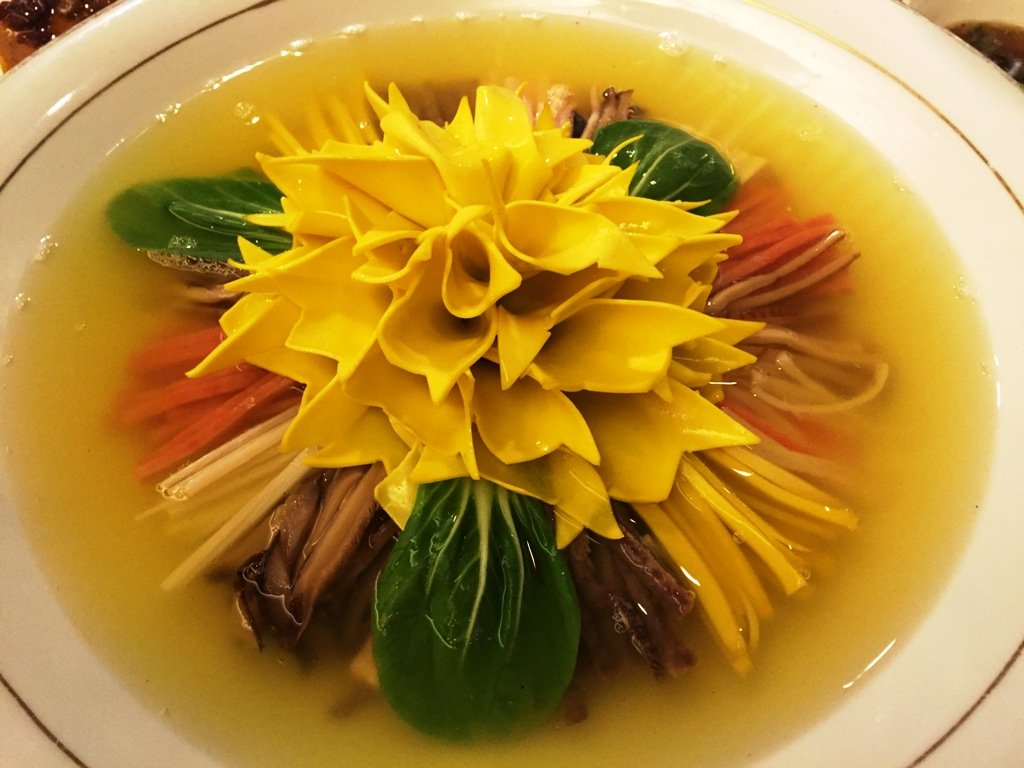
Henan Prov Gov: Water Banquets Not Fit For Empresses
Just because something has been around for a really, really long time, doesn’t mean it’s good. That’s what we discovered at the Henan Provincial Government Restaurant where the specialty is the famous Luoyang Water Banquet. The Water Banquet, not quite nearing in on 5,000 years of history as it has only been around for almost 2,000 years, is a branch of Henan cuisine sometimes credited to the Tang dynasty’s Yuan Tiangang. The dishes were created in order to mimic the life of Wu Zetian, who seized power to rule as the empress of the Zhou Dynasty.
Empress Wu was a Chinese sovereign who ruled unofficially as Empress and later as the Emperor of China. She was the only female emperor of China in more than four millennia. One can only assume she’d be pretty pissed off if she found out that after fighting and elbowing her way through a pretty thick glass ceiling to the top of a highly patriarchal political system she’d have 24 dishes, most of which are soups and not very tasty, named after her. I know I would be.
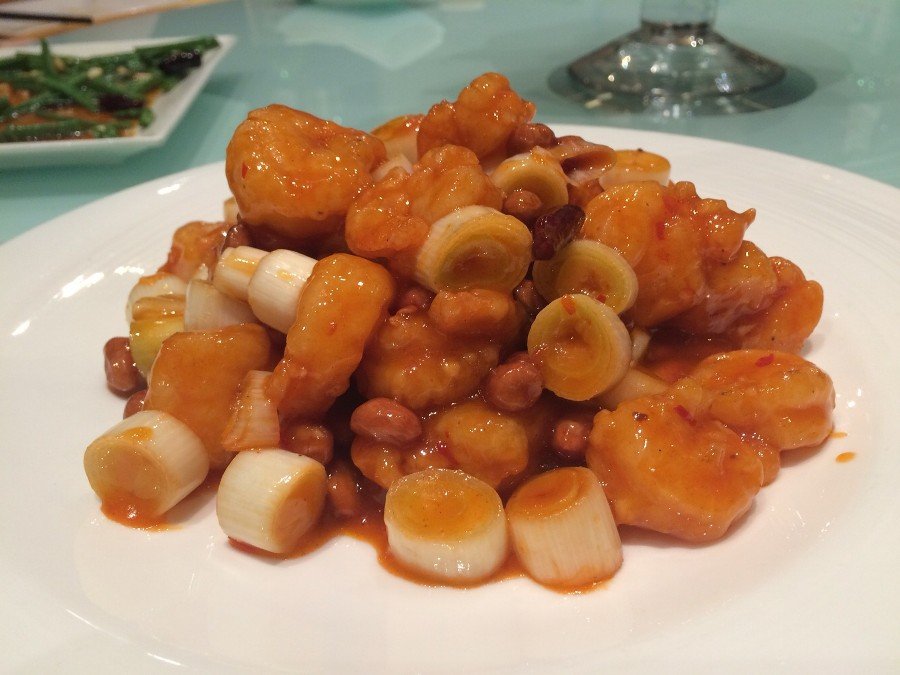
Hebei Prov Gov: Silent Hebei
It all started with five people trudging through the pollution, ready to kill for some fresh air.
Nestled in a hutong off a hutong, not at all like any horror film we’ve ever seen (*cough* Silent Hill *cough*) the journey from the main road to the restaurant was arduous on this smoggy day. At the end of the first hutong, we spotted a few signs attached to a dilapidated lamp post: “books,” “coffee,” and finally, “河北省驻京办,” or “Hebei Provincial Government.”
Declining books and coffee, things got darker and spookier as we followed the “Hebei Provincial Government” sign, with not a white-but-gray cat or a man in fleecy Burberry-print pajamas in sight. After about two minutes, which felt more like a lifetime, we arrived at an alley that ended in a traditional Chinese gate.
Last year's visits:
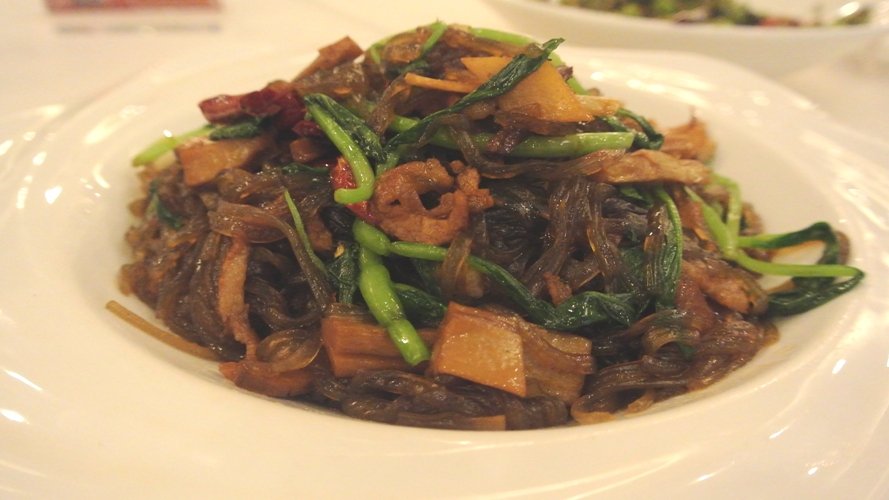
Anhui: Supposedly One of China’s Eight Great Cuisines
We began with Anhui, whose cuisine is supposedly one of the eight great cuisines of China, and fittingly the only province to start with an A in English. The restaurant is inside Anhui Dasha, located on the North Fourth Ring Road in a rather business-looking hotel that still hasn’t taken down its Christmas decorations.
The restaurant is also dressed up in the typical Chinese business hotel style, and wasn’t very busy. After consulting with the waitress, we discovered that the dishes we thought were Anhui-style were actually not available as they had apparently been deemed old Anhui style. We decided not to go for the main Anhui specialty, soft-shell turtle, not only seemed a little over the top and cruel (regardless of being named as ecological on the menu), but was also extremely expensive (RMB 280 per jin).

Fujian: Average Food, Great Dessert
I was secretly hoping that this month’s provincial restaurant wouldn’t be as depressing as the Anhui entry in June, but our visit to the Fujian Provincial Government Restaurant wasn’t that enlightening. It wasn’t bad, but it also isn’t quite worth the trip, especially if you don’t have a specific Fujian dish that you love in mind.
The restaurant itself looks quite posh – big tables with clean tablecloths, hordes of attentive staff that may have never seen foreigners before, a clean carpet, and actual wine glasses on the table.
However, the problems started as soon as we opened the menu: shark’s fin. Right. Firstly, the dishes were extremely expensive (shark’s fin soup at RMB 328). Secondly, who even eats shark’s fin anymore? We don’t, and neither should you.
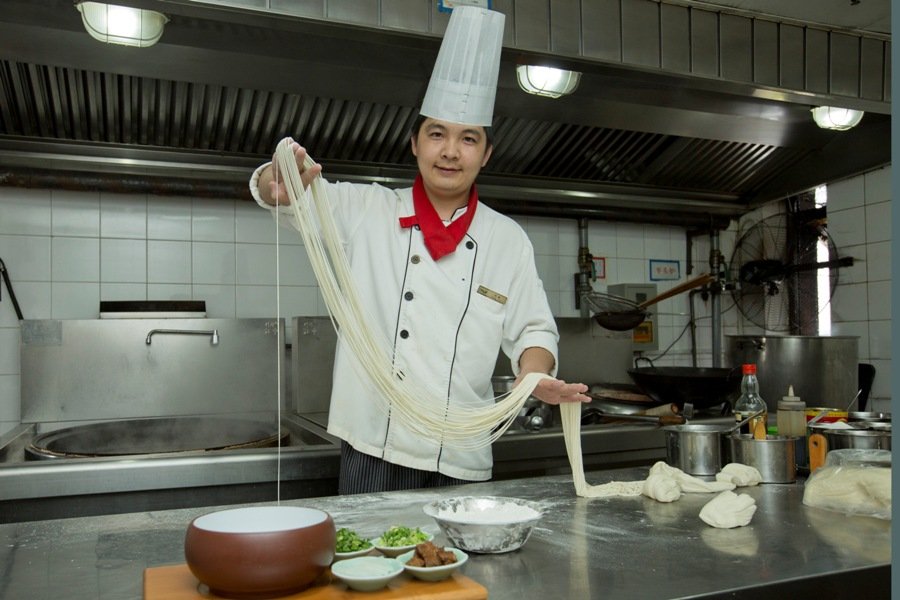
Gansu: Where Noodles Meet Their Match
This month’s provincial government restaurant features one of China’s best comfort foods and soul warmers: lamian, or northwestern China’s hand-pulled, thin noodles that are native to Lanzhou, Gansu province.
In its current form, the dish is accredited to a young ethnic Hui chef named Mao Baozi in the early 20th century, apparently unrelated to one of our other favorite foodstuffs, who made the ultimate lamian. The five color-themed characteristics of these noodles were: clear, white, red, green, and yellow, to represent the clear soup, white radish, red chili oil, green coriander, and yellow noodles, respectively.
Allegedly, the Gansu Provincial Government Restaurant’s noodles tick all these boxes. On a rainy Beijing day, after getting lost, a young man was nice enough to guide us to the third floor of the Feitian Hotel, where the restaurant in question boasted a “Best Lanzhou Beef Noodles” sign.
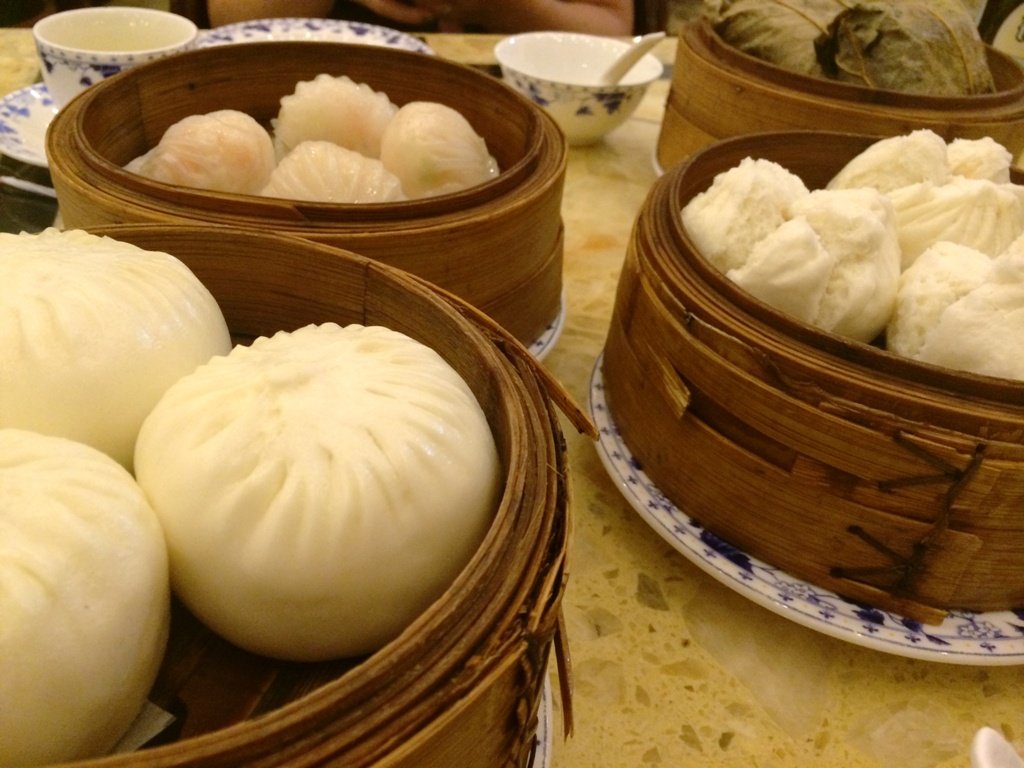
Guangdong: You Dim Sum, You Lose Sum
This month’s Prov Gov mission was completed on the west side of the city, near Xidan. We biked up an appetite, but enjoyed the scenic route, hoping to find some tasty dim sum on the other side. After arriving at the fifth floor of Guangzhou Dasha, being sent to the second floor, and consequently being sent back to the first floor where our mission had begun 10 minutes prior, the bilingual menu appeared quickly, with the dishes listed under different price categories (RMB 10-33 per dish).
At first glance, it did appear to be yet another miserable government-run restaurant with underpaid and uninterested staff, but once the dim sum came out there was a sense of relief. Had we finally found a Prov Gov worth coming back to?
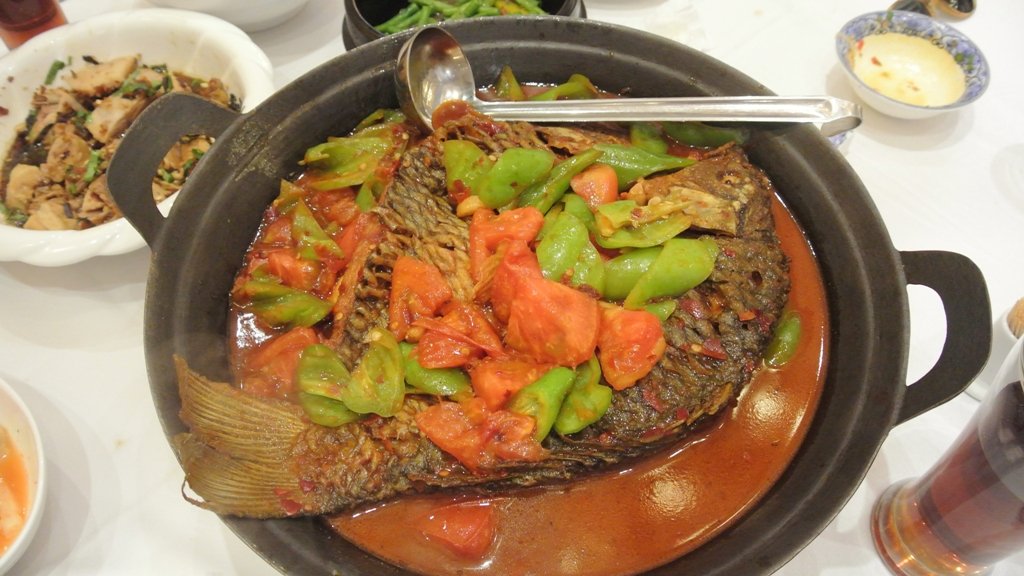
Guangxi Provincial Government Restaurant: Na Lan
Guangxi: a very popular tourist destination with its magnificent peaks, but not the most popular of cuisines. Apart from Guilin rice noodles, coming up with more Guangxi dishes was a challenge. All the more reason to dig into the food at Guangxi Provincial Government Restaurant to see what this is all about.
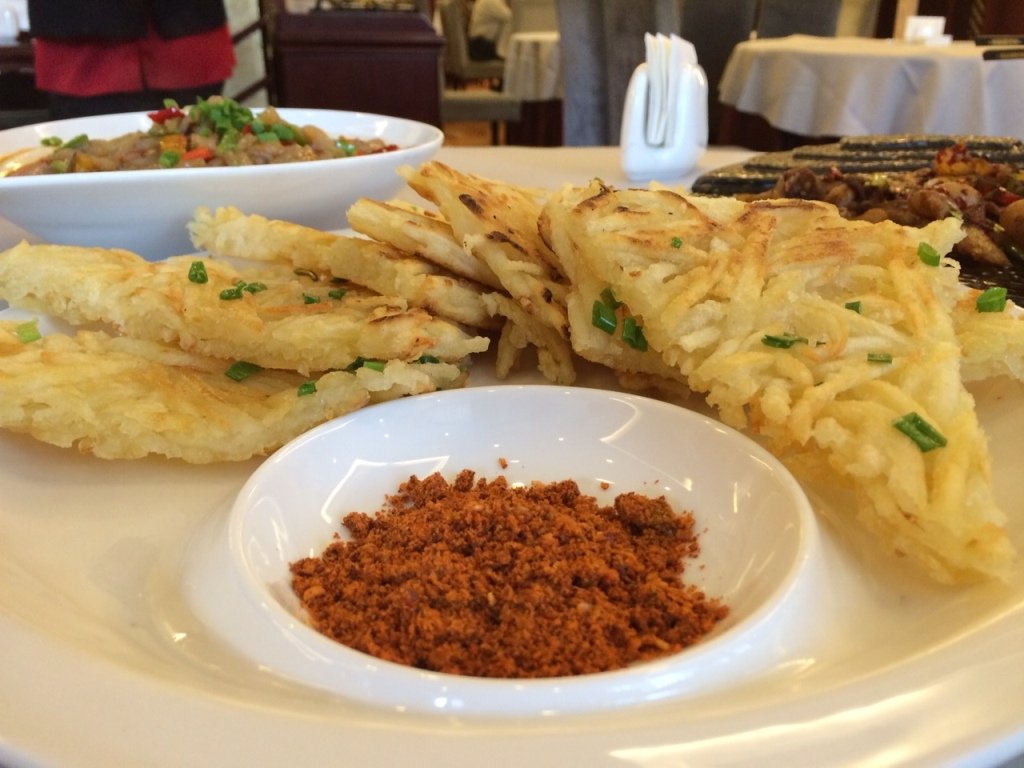
Guizhou: Not Three Dishes To Order Again
The first time I passed through Guizhou by train many years ago, I remember looking the province up in Lonely Planet, only to come across a rather harsh traditional saying describing Guizhou: “Not three feet of flat land, not three days without rain, not a family with three silver coins.” Ever since then, I’ve steered away from the province and its cuisine.
From the get go, the provincial government restaurant didn’t help alleviate my doubts, as even being seated was a trial, a perfect example of why nationalization – or perhaps provincializaton – doesn’t work in the food and beverage industry.
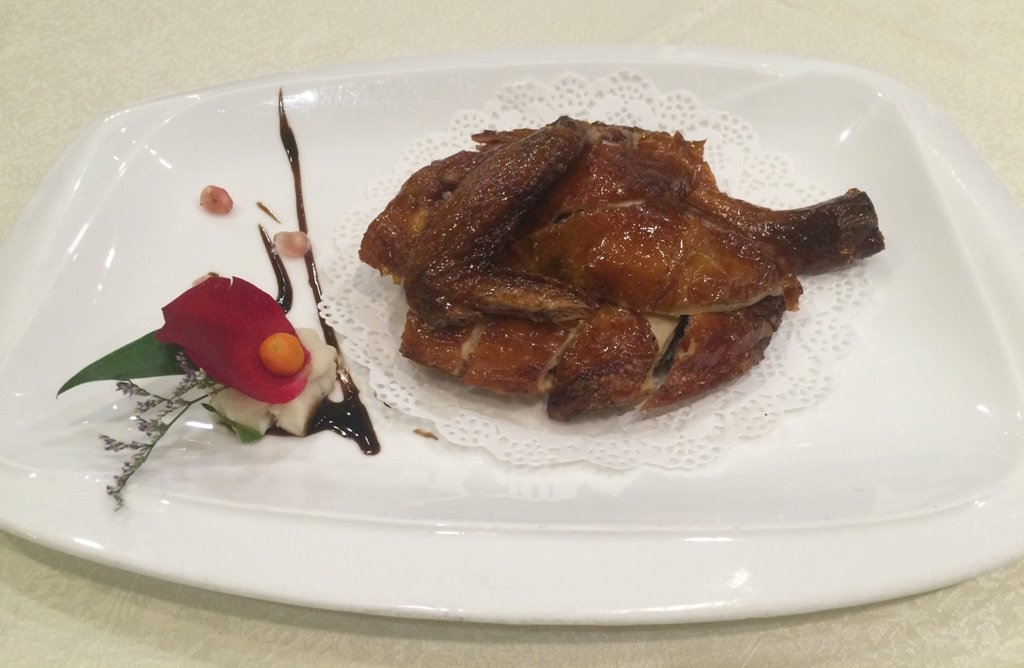
Hainan: Nothing Too Fishy About This Place
With my dining companions wearing thin as I dragged them from one mediocre restaurant to another even-less-than-mediocre restaurant, I prayed to all deities that the Hainan Provincial Government Restaurant would be better than the ones that came before it alphabetically.
Upon entering, operation Hainan seemed to be running more smoothly than any previous government-run provincial restaurant: the staff were friendly without being over bearing as they guided us to a suitable and clean table. There were even crispy white table cloths on the tables and they poured us cups of water without having to ask.
2016 is bound to be a year filled with plenty more incredible provincial government restaurants, so stick around as I take on Hebei, Heilongjiang, Henan, and more in the next few months.
More stories by this author here.
Email: margauxschreurs@truerun.com
Instagram: s.xuagram
Photos: the Beijinger







